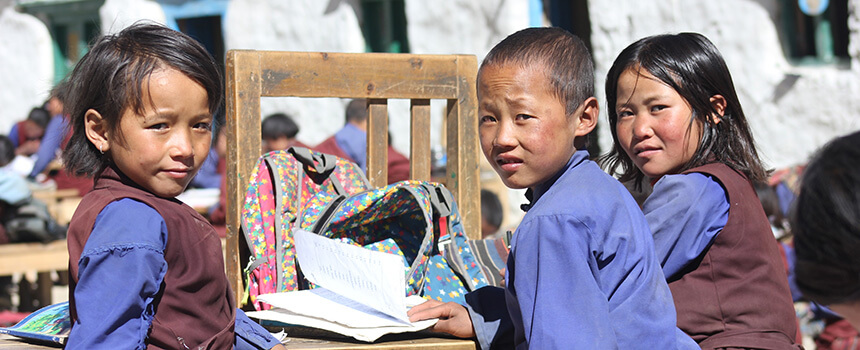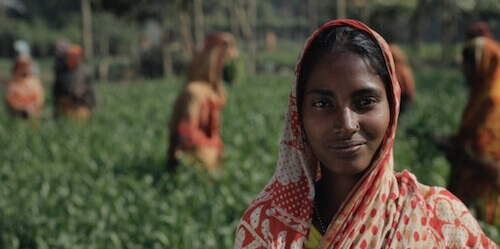 Lessons at the highest altitudes
Lessons at the highest altitudes
Education in remote mountain villages in Nepal
Namdo, a small village in the Upper Dolpo Region in the highlands of Nepal is about 4,000 metres above sea level and is one of the remotest places on Earth. It can be only be reached by long treks. Until 1993 foreigners were not permitted to cross the 5,000 metre passes to get to this enchanted area. This political and geographical isolation preserved a very original Tibetan culture, but also stood in the way of the connection to the rest of Nepal.
Necessity
School materials to teach 110 pupils in Namdo, Upper Dolpo for one year.
Activity
Ensuring continuous schooling in Namdo.
Countable effort
Number of children that receive school materials.
Result
The pupils learn to read and write and can use those skills to support their families and the village.
Systemic effect
Improved educational opportunities for children in Namdo who will be able to read and write when they are adults.
Background
A major problem of the Upper Dolpo Region is a lack of presence and support from the government. While the state provides two teaching positions for the school in Namdo, this requires constant and extensive negotiations and persuasion. Hospitals do not exist. 50 per cent of the population is living below the poverty line. Only 34 per cent (20 per cent of women) is able to read and write.
Dolpo is also characterised by Tibetan Buddhism and the people are linguistically and culturally in the minority. The native language in the region is Tibetan and the people have to learn Nepalese as a second language. This poses a considerable challenge to pupils attending school, because they have to learn a completely different alphabet. But it takes solid Nepali for children to grow up to become active citizens.
The good deed
By making the operation of the village school in Namdo possible, this good deed will reach children in the most remote areas, where aid usually does not get to. Children and young people in these inaccessible areas cannot and do not take education for granted. But education allows these future adults to take responsibility in their region.

AboutNepal
Kathmandu
Capital
28 982 800
Number of inhabitants
733
Gross domestic product per capita per year
144
Human Development Index
The high mountains in Nepal are also called the roof of the world.
About the organization and further information
Association
Stiftung 100




